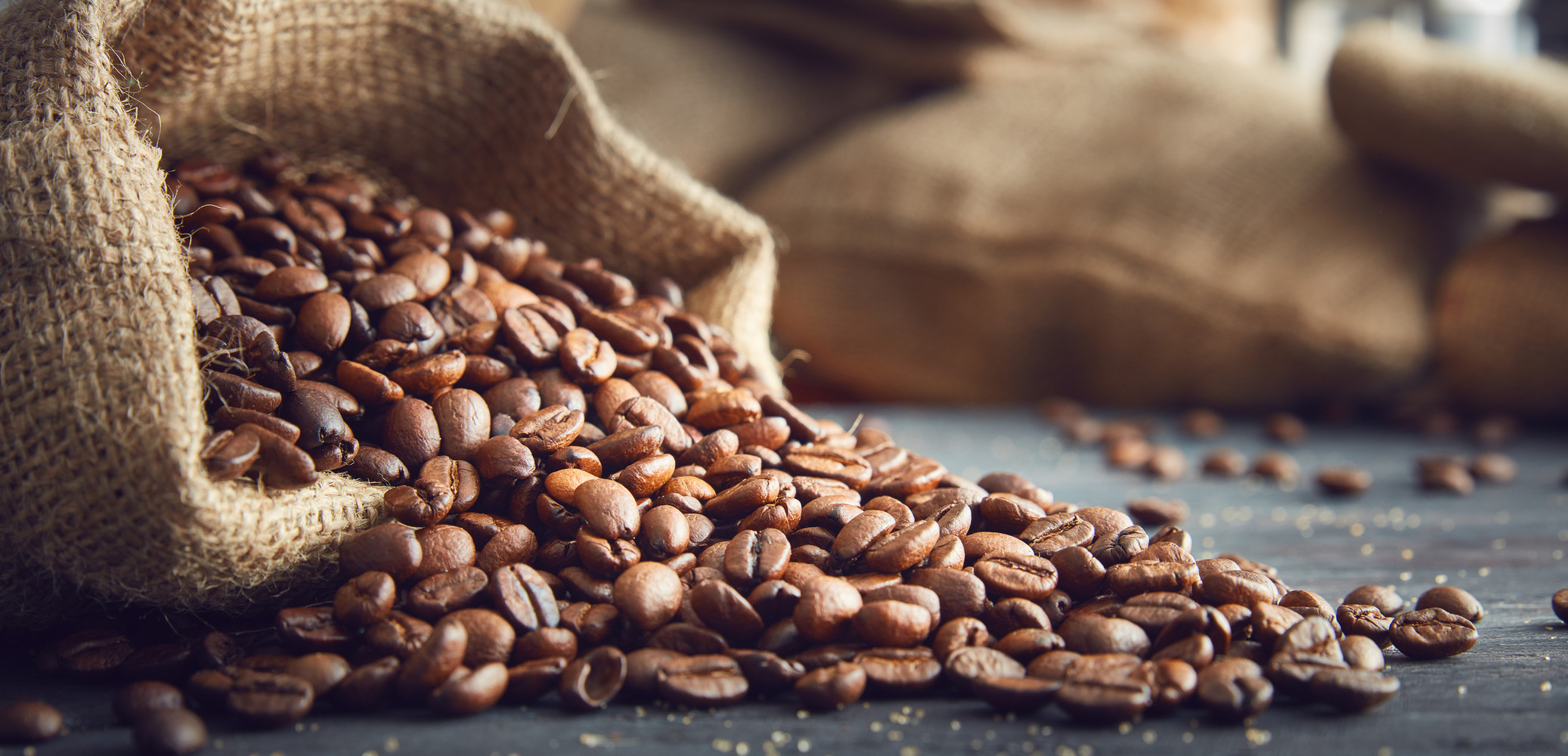The Nutritional Principles
behind every Metabolic Balance plan provide
....... a true foundation for health and longevity.
The phases
Step by step to health and vitality
A Metabolic Balance plan is based on each person's 36 blood markers, food preferences, health conditions, medications and measurements. Why? Because all these factors have a bearing on how your body interacts with the food you eat.
The plan is implemented in four stages, that cleverly build upon one another to allow you to reach your goals and understand how to make the dietary choices that will truly support your health. Every person's plan is totally different.
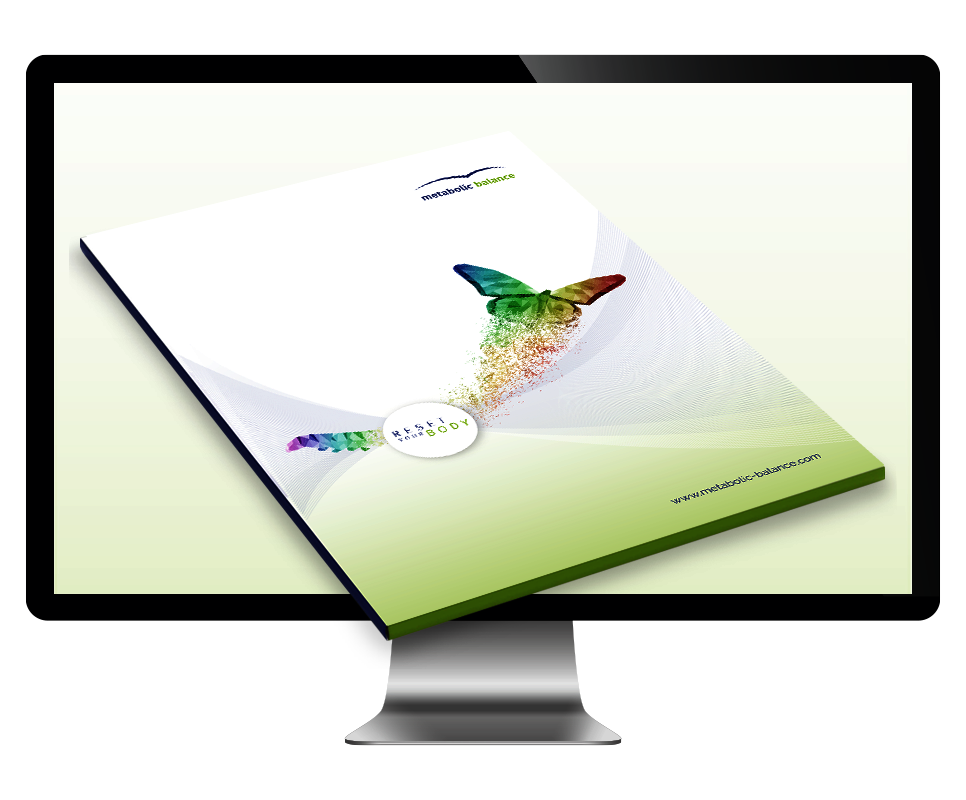
Rye bread
Limited but allowed....
How much wholemeal rye bread can I eat?
- Check your plan for your allowed amount, which is detailed in slices
- One slice = 25g of wholemeal rye bread OR
- One slice = 10-15g of rye crispbread
- Don't exceed the amount on your plan
- To lose weight faster, you can reduce the bread you eat.
Be sure you only eat only pure wholemeal rye bread without yeast. Many brands also contain other flours so check ingredients carefully.
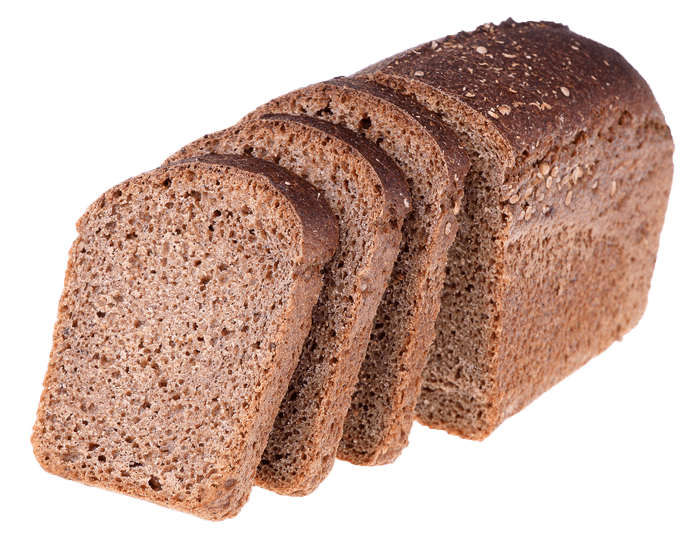
Suitable items:
- Wholemeal rye bread - This consists of rye flour and rye meal plus husk.
- Whole grain rye bread - This mainly consists of coarsely ground rye flour. Check it does not contain wheat, sugar nor yeast. Nowadays, these additions are common..
- Wholemeal rye crispbread - Please check whether the crispbread you wish to buy is really pure wholemeal rye crispbread. There are many varieties containing other flours or that have been baked from or with extract flours.
Not suitable:
- Mixed rye bread - This usually has a relatively high proportion of wheat and rarely any whole grain content. It is usually baked with yeast – even though it is called “sourdough bread”.
- Wholemeal bread - Look at the package or ask your baker. Many are not wholemeal at all. They are baked with flour extracts and often with seeds. Most of them contain yeast and very often molasses or other colourings, flavours and sugars. Look for pure wholemeal rye bread, which is made exclusively with sourdough.
- Pumpernickel - Most pumpernickel loaves are mixed with molasses, a sugar syrup that gives them their dark colour and sweet taste. A good reason to steer clear and why pumpernickel is not suitable on metabolic balance.
What is sourdough?
Sourdough is made by the fermention of dough using a 'starter culture' that acts as a natural baking agent. Baking with sourdough requires skill, experience and time. This means that nowadays true sourdough, made in the time-honoured way, is hardly being produced at all. Much of the sourdough sold in supermarkets contains extra ingredients or additives.
Why sourdough (long fermentation) – and no yeast?
- The lengthy fermentation of the sourdough breaks down the grain and phytic acid much better. Phytic acid is suspected of impairing the absorption of certain minerals and may promote mineral deficiencies. Sourdough-baked bread tastes better, is healthier and easier to digest.
- Rye takes a long time to become bakeable. It is the lengthy fermentation with a sourdough starter culture that takes time.
- This adds to its freshness and provides protection against mould.
- Taste and aroma is also increased.
If yeast is added, these processes are greatly accelerated, but to the detriment of the quality of the bread and its digestibility.
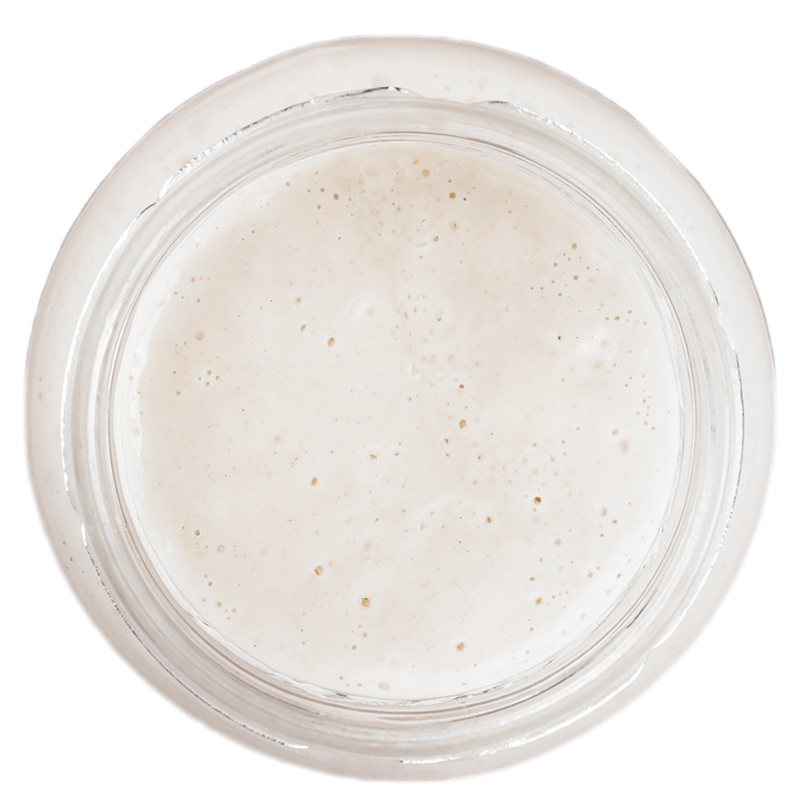
Why does Metabolic Balance only recommend wholemeal rye bread?
With wholemeal rye bread, your metabolism has lots of time to break down the glucose from starch as it is very slow releasing. This means that your blood sugars and insulin levels only rise a small amount over a longer period of time.
Compare this to processed and refined carbohydrates, which skyrocket blood sugars, only to drop them sharply soon after, which just promotes hunger and snacking.. These quick release carbohydrates promote cravings and prevent fat burning.
Wholemeal rye bread ‘fills you up’ better than other breads and it also contains more fibre, vitamins and minerals. "Light" or "dark" rye flour can be used to make rye bread; the flour is classified according to the amount of bran left in the flour after milling.
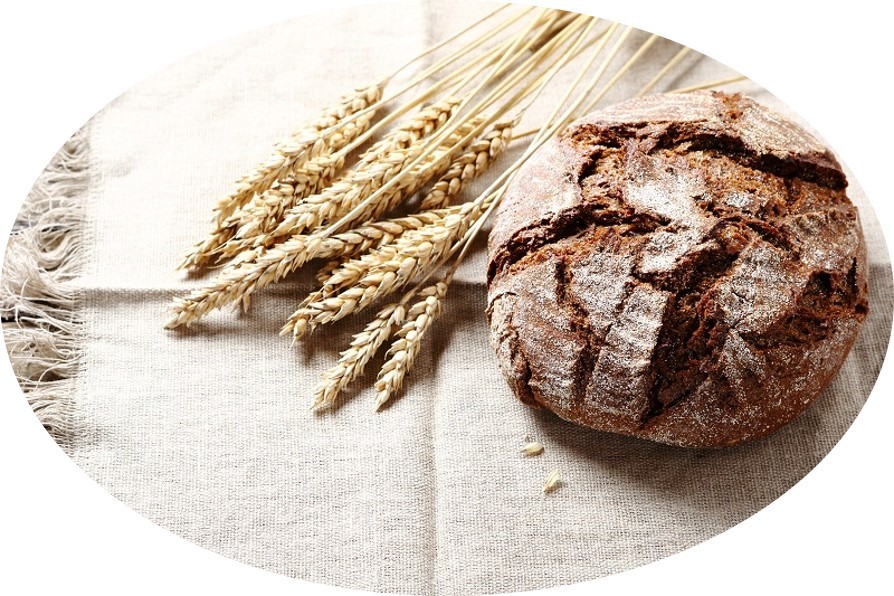
Fruit
- Eat one kind of fruit per meal, don't mix them
- Choose a different fruit for each meal
- One of your daily friuts must be an apple
- Always eat your fruit as part of your meal
- Forgo some fruit to lose weight faster.
Exchange dried fruit on your plan for fresh fruit in the ratio of 45g dried fruit to 120g fresh fruit. Vice-versa (substituting dried fruit for fresh fruit) is definitely not permitted.
Salad and vegetables
You can exchange and mix salad and vegetables.
Vegetables that are not on the plan may not be eaten initially. Potatoes are not listed on any plan as they are considered a starch.
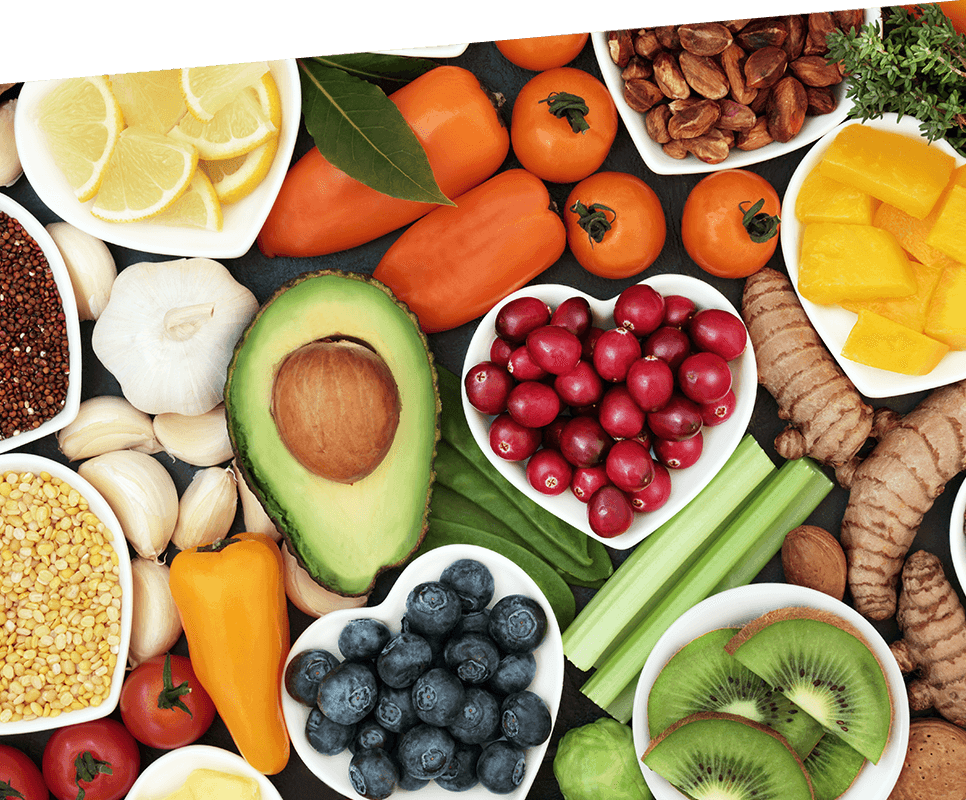
Proteins
- Start each meal with a bite of protein.
- Please eat only one type of protein per meal.
- Please eat each type of protein only once a day.
- Never mix proteins, neither within the group (2 types of meat) nor among the groups (e.g. meat with cheese).
Special features of the soya group
Products from soy groups 1 and 3 can be eaten on the same day, but not at the same meal, because they have a different amino acid ratio.
- Group 1: Soya beans, soya milk, tofu (also smoked)
- Group 2: Soya yoghurt
- Group 3: Soya seedlings, Soya sprouts
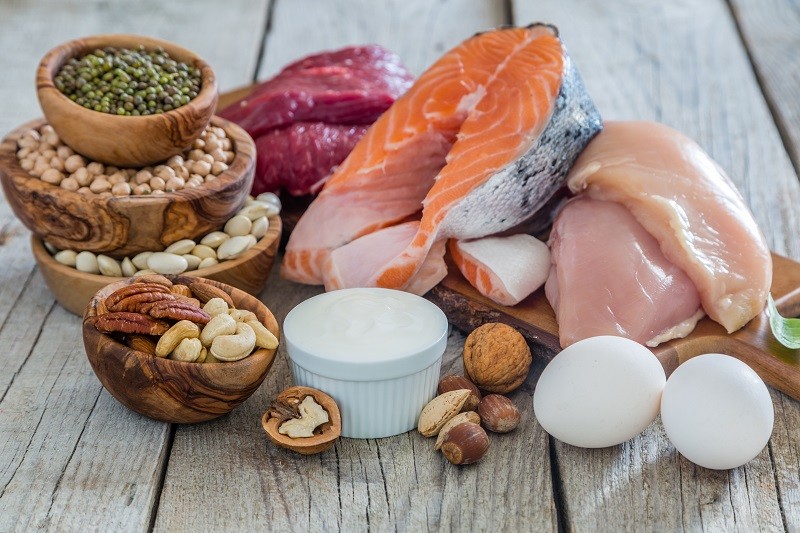
Fish and seafood
These are two separate protein groups. This means that on the same day you can have one meal with fish and another with seafood (but you cannot have them mixed together). Fish quantities on your plan apply to seafood as well.
Protein groups
- Meat
- Poultry
- Fish
- Seafood
- Dairy (cow) milk products (cheese, cream, yoghurt)
- Sheep and goat milk products (cheese, cream, yoghurt)
- Mushrooms (oyster and shitake mushrooms)
- Eggs
- Nuts and seeds
- Legumes
- Soya and soya products
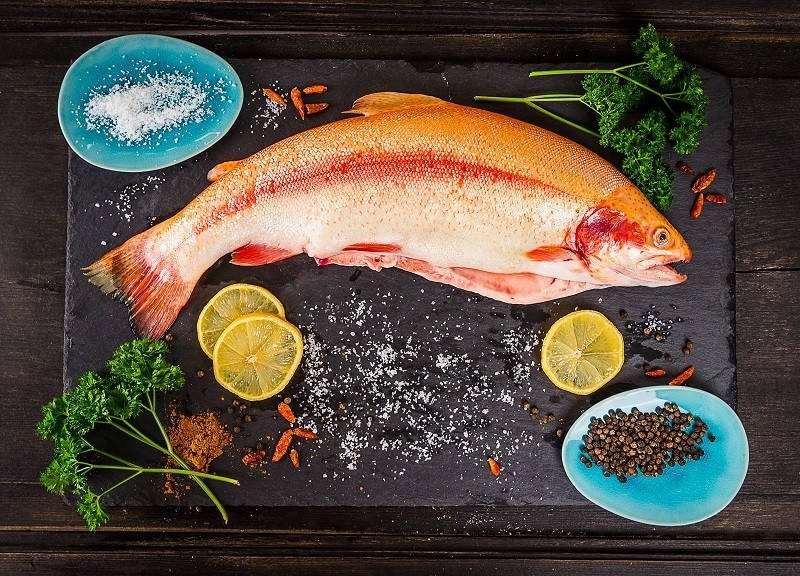
Fats and Oils
In phase I (preparation) and the following 14 days of the strict phase 2, adding oils is not permitted to encourage detox and fat burning. However, after the first 16 days, they need to be reintroduced. Healthy oils are an essential part of a balanced diet and you will find those most suitable for you listed on your plan.
How much oil can I eat?
3 tablespoons per day should be the minimum. Experiment. Many of our clients consume more oil and feel the benefits. After the first 16 days, your coach will advise you about oils.
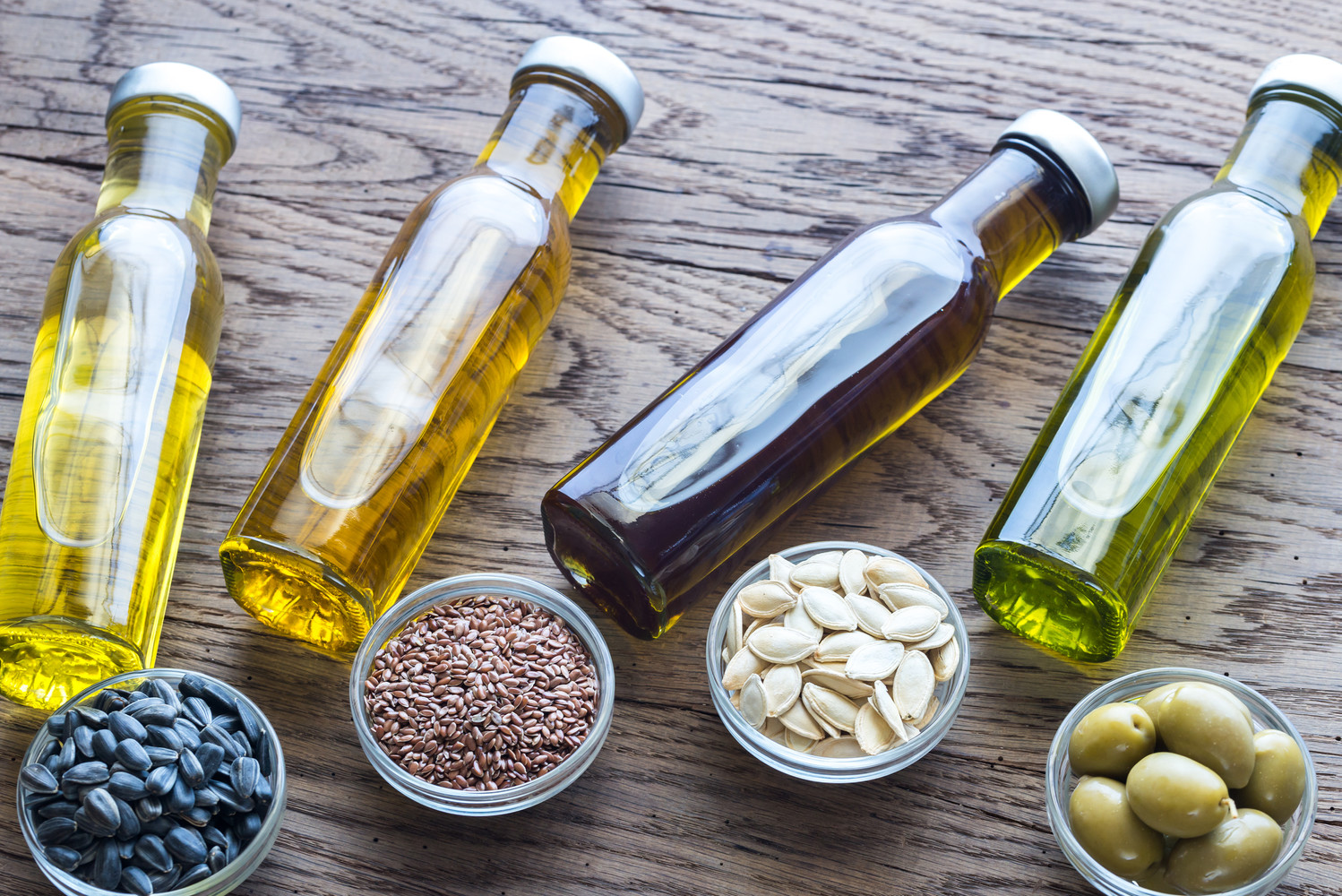
Frying/Roasting
Never heat cold-pressed oils. They will lose their taste and the quality of their ingredients. We recommend extra virgin coconut oil or ghee for heating at higher temperatures. They are very heat-resistant and are often used for frying.
Seasoning with oil
If you’ve only used oil for salad dressings and frying up until now, a new world of taste awaits you. Many of our clients season with oil. Some people add a teaspoon of cold-pressed nut oil to their yoghurt in the morning. Others sprinkle a little chili oil over fresh fish. Just try them out and see what you like best.
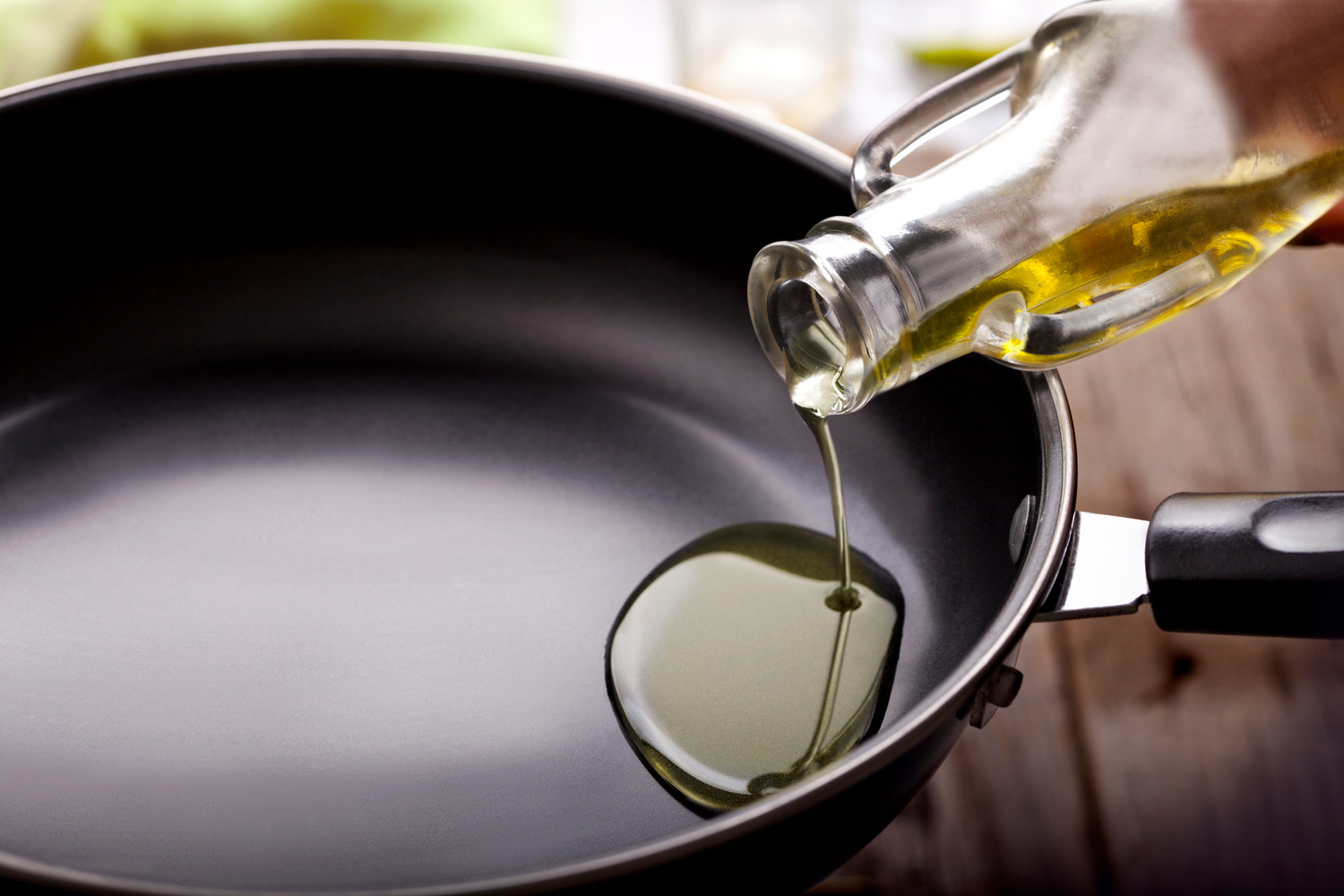
Selecting oils
Please make sure that the oil you use comes from a good organic source. Many harmful substances are fat-soluble, so they remain in the oil and are able to enter your body and cells. This also applies to pollutants from plastic packaging.
Also make sure that your oil has not been chemically filtered.
Oil loses its quality and taste when exposed to light and air. For this reason, oil manufacturers make sure they use closed systems. This means if you buy an oil made by hand in a small ancient oil mill with open millstones during your holidays, you have not necessarily bought the best possible product.
On the other hand, even small dedicated oil farmers bring their harvest to highly-professional closed presses and produce an oil of excellent quality. The size of the manufacturer does not in itself allow conclusions to be drawn about the quality of its products.
Also pay attention to the packaging of your oil. Light and air should not be able to enter the container.
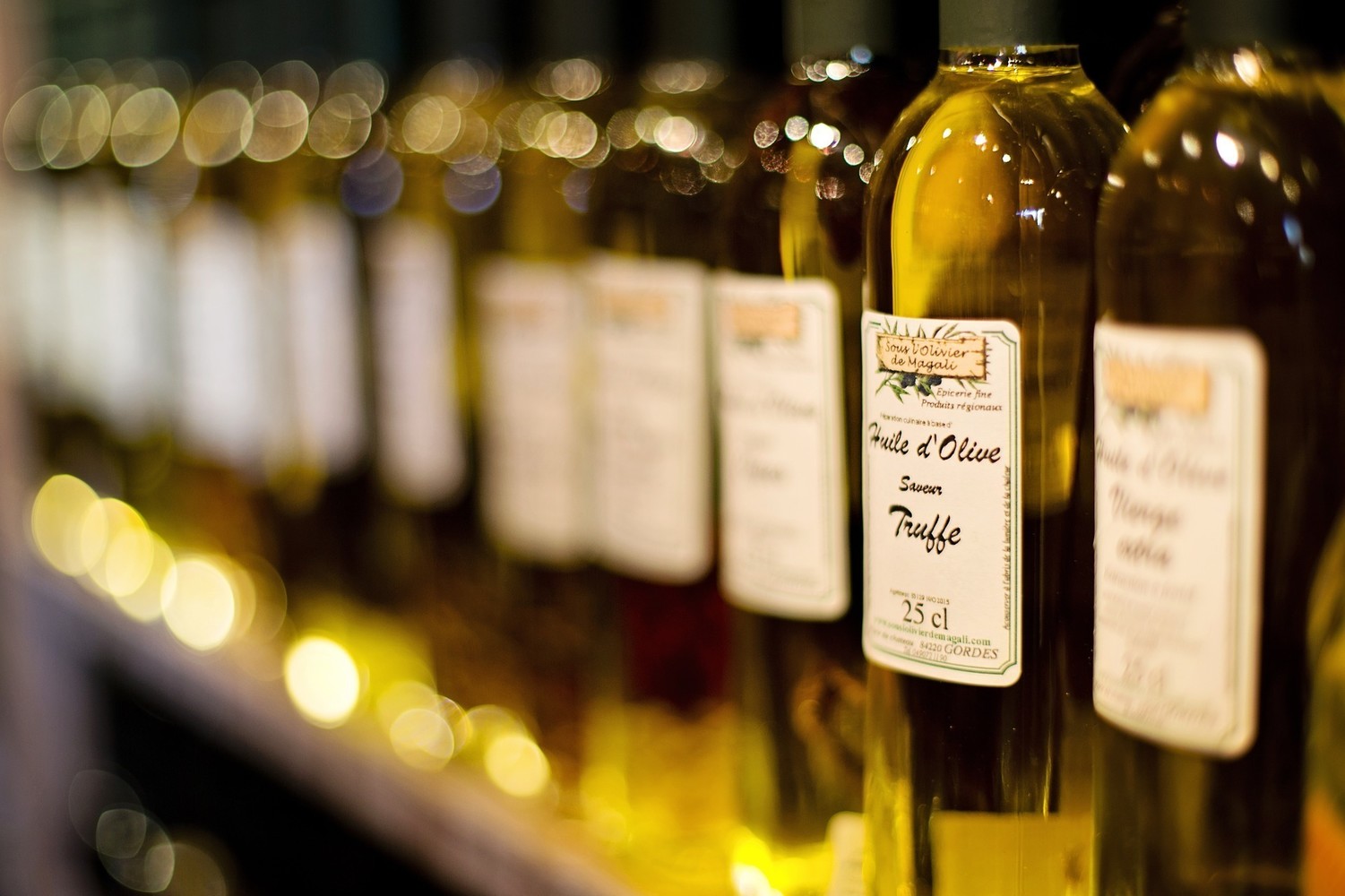
Omega-3 and Omega-6 fatty acids
Omega 3 and Omega 6 fatty acids have vital functions in many metabolic processes – and these functions influence each other. Omega 3 and Omega 6 fatty acids are the basis for the formation of hormones, which in turn are indispensable for metabolic processes, e.g. blood clotting, inflammatory processes and cell renewal. A deficiency in Omega-3 and Omega-6 fatty acids leads to growth disorders, skin changes and susceptibility to infections.
However, the body cannot produce them itself, so they have to be supplied from our diet.
Omega-3 fatty acids (EPA and DHA) are found abundantly in fatty sea fish such as tuna, mackerel, salmon or herring. Those who do not like to eat fish have vegetable alternatives such as linseed oil, hemp oil, walnut oil or rapeseed oil. Linseed oil, with an alpha-linolenic acid content of 50%, is one of the richest sources of this important fatty acid.
Among others, Omega-6 fatty acids include linoleic acid and arachidonic acid. Linoleic acids mainly include sunflower oil, thistle oil, maize germ oil and wheat germ oil, but there are many more.
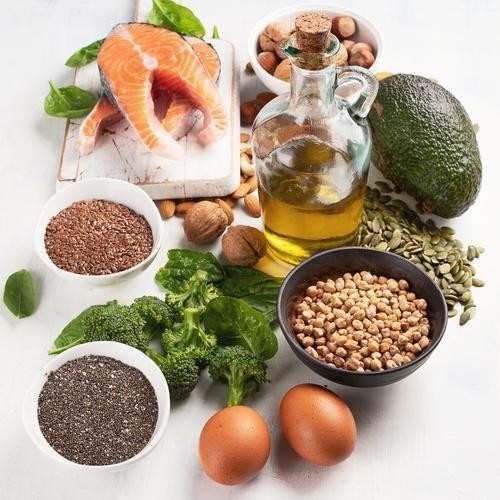
Herbs and spices
Herbs and spices add taste and have many health benefits so add as many as you can. Garlic and ginger are part of this category, as are small amounts of grated lemon rind (do ensure the lemons are unwaxed)
Lemon juice, however, may only be used if lemons are on your fruit list, and onions are only allowed if they are on your vegetable list.
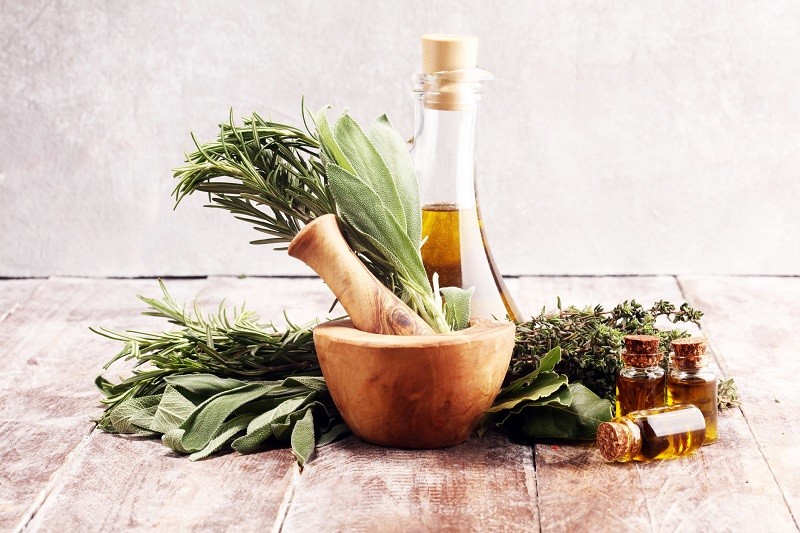
Coffee
Coffee is optional and is ultimately up to you. You may decide to give it up altogether during this time.
But if you do like coffee, only drink it with your meals or within 1 hour. No coffee is permitted between meals.
Coffee does not count as fluid intake, so you will still need to drink the required amount of water.
And please ... don’t add milk or sugar to your coffee!
At the start, you may not take to black coffee, but once you get used to it, the overwhelming sweetness of a latte or cappacino later on may surprise you!
